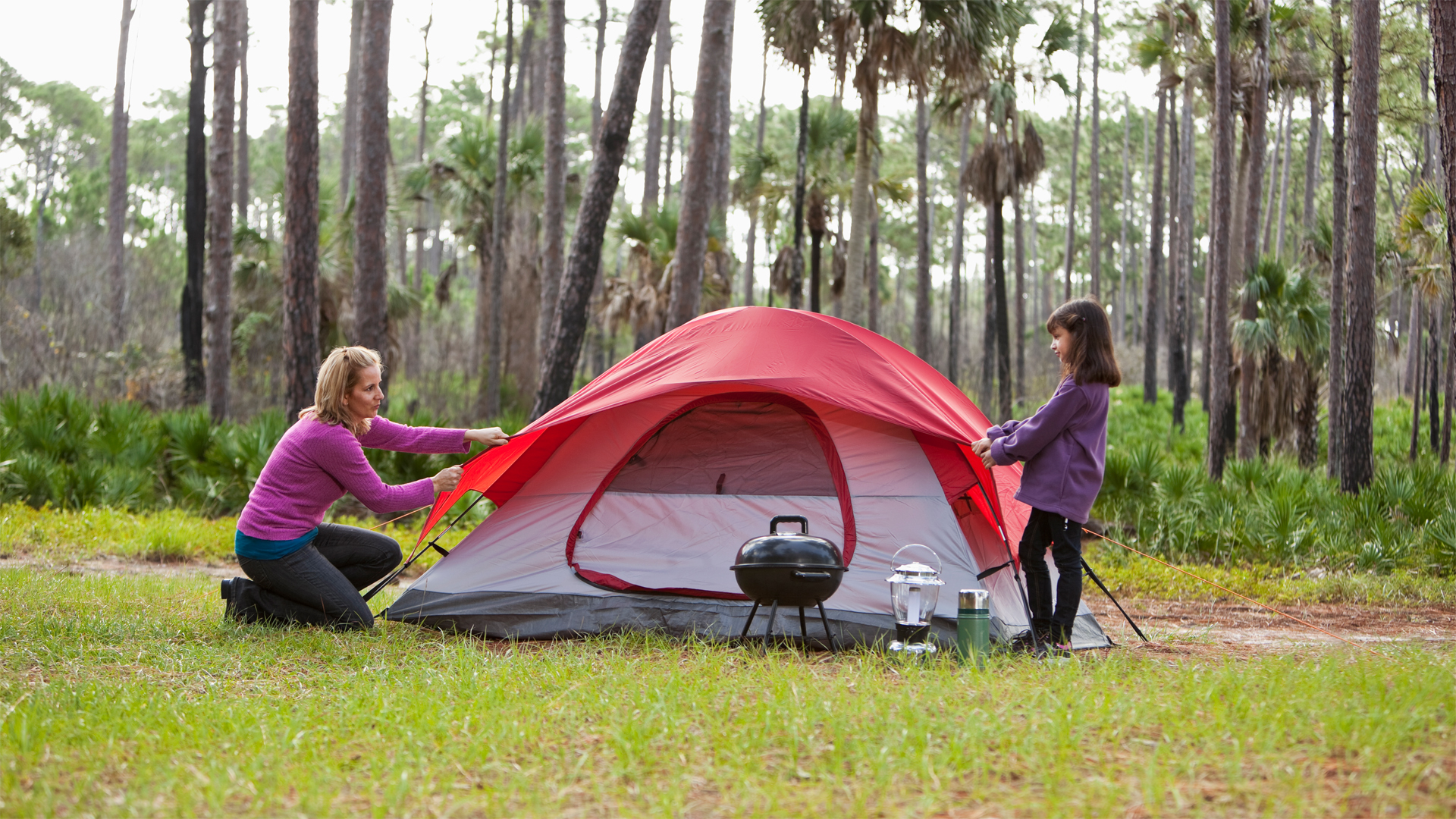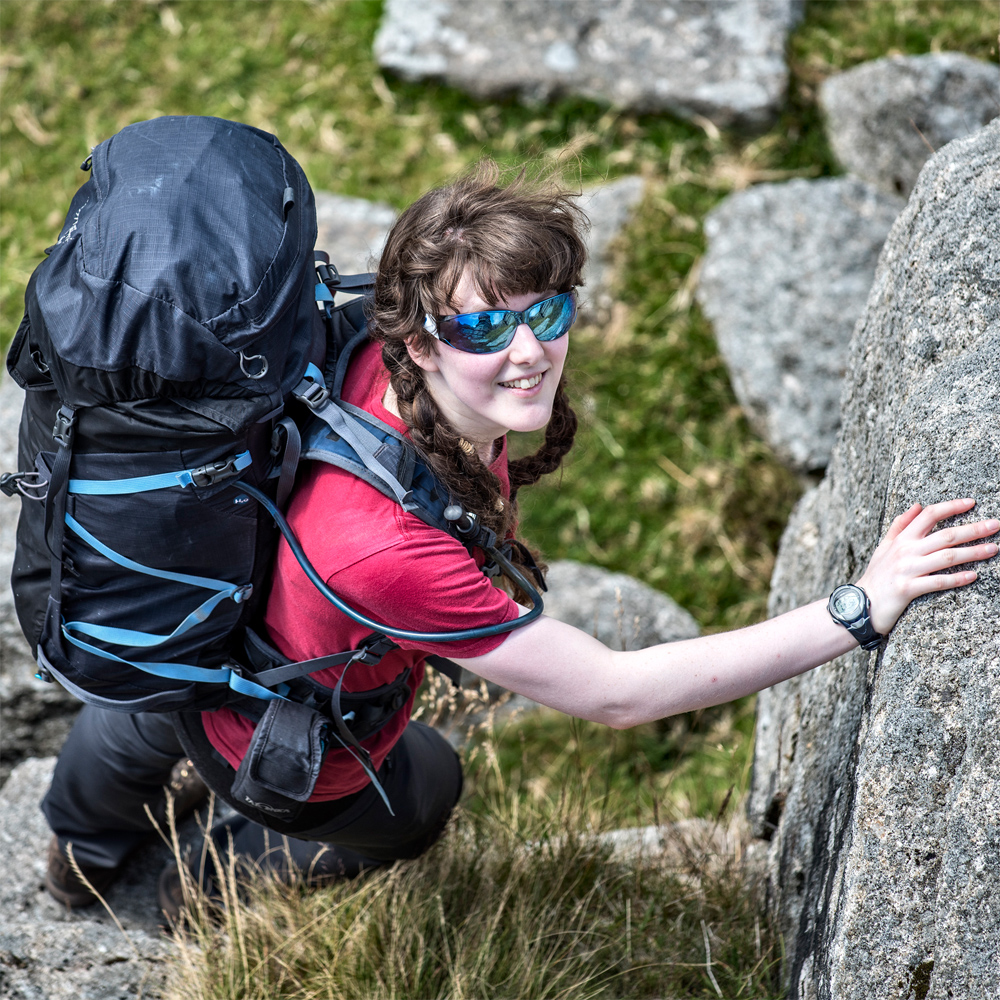What is a fly sheet and why do you need one on a tent?
Everything you need to know about fly sheets – including what they actually do and why they’re a useful part of your tent

What is a fly sheet? Basically, it's the outmost fabric layer of a tent. Some people call it a rain fly because, if your tent is good and waterproof, it’ll also be the layer that repels the rain.
Despite comprehensive surveys and sending out courageous researchers into the darkest depths of Wikipedia, it’s still not entire clear why it’s called a fly sheet. You’d certainly hope it wasn’t because of it flying off in the wind. Probably, it’s got to do with the other thing that you might want the outside of your tent to repel: flies and other insects. Not that just a fly sheet is particularly good at that, although it’s better than just lying on the ground being eaten alive by midges.
What is a fly sheet?
Most modern tents are made of two parts – as you can see in our comprehensive guide to the parts of a tent.
You’ve got the inner tent, that’s completely enclosed with zipped doors and sleeping compartments. Often it’ll have a reinforced underside and a much lighter, even meshed, top half. Summery tents will have more mesh to aid ventilation. Winter tents will have thicker fabric to keep you warmer and insulated from cold winds.
Then, there’s the outer tent, known as the fly sheet - or simply “outer” in some cases. The fly sheet’s job is to protect you from the weather and anything else light and airborne. The tent poles give the fly sheet structure and there’s a gap between the inner tent and fly sheet, to stop any dampness passing through. Although the inner tent will touch the floor, the fly sheet usually won’t quite make it, being held in place at certain points by pegs. This is enough to allow the rain to run naturally off a well-pitched tent, without pooling, but a single-minded flying insect will usually find it’s way under and into the gap between fly sheet and inner tent.
Some tents have poles connected to the fly sheet, with an inner tent hung underneath. Others clip the poles to the inner tent and rest the fly sheet over the top. The first system is great for camping in the rain: you always keep the inner tent dry as you pitch. The other way is good for warm, dry weather - you could even choose to pitch without the fly sheet and sleep en plein air. Did someone say stargazing?
What does a fly sheet do?
So we know what a fly sheet is, but why is it useful. Well, okay, we have touched on this a little. It keeps you dry. It’s probably going to be more windproof than an inner tent and will therefore make it warmer inside your tent. It does offer some protection against flying insects - as well as falling leaves, dust, sand and anything else that could be blowing through the air. Unless it’s so windy that the rocks are taking off – in which case, we question your decision to sleep in a tent. Pairing a fly sheet with another inner layer also stops any condensation in a tent from forming on the fly and dripping straight down onto your face. After all, not all tents have a fly sheet – think of the classic canvas tents or marquees.
All the latest inspiration, tips and guides to help you plan your next Advnture!
An adventure writer based on Dartmoor, England, Emily is an active member of Mountain Rescue and a summer Mountain Leader, but loves all things adventure – before her third birthday she had lived on three continents. Founder of Intrepid magazine, she works to help break stereotypes about women in the outdoors. Her expeditions have included walking all Dartmoor’s 119 tors in a single two-week outing, cycling to Switzerland and back, and riding the Rhine from source to sea.

